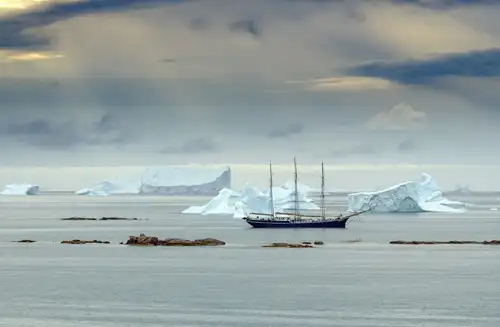Name: Bowhead Whale (Balaena mysticetus), also known as Greenland Right Whale, Polar Whale, Arctic Whale, Steeple-Top, Russian Whale
Length: 20 meters
Weight: 75 to 100 tonnes
Location: Arctic and Sub-Arctic
Conservation status: Least Concern
Diet: Copepods (small crustaceans)
Appearance: Black with white patches under the jaw and on the belly, no dorsal fin
What do Bowhead Whales eat?
Bowhead Whales continuously feed by swimming with their mouths open, sifting water through their baleen plates to strain out plankton. They consume up to 2 tons of plankton daily. Their dives can last up to 40 minutes but are usually not very deep.
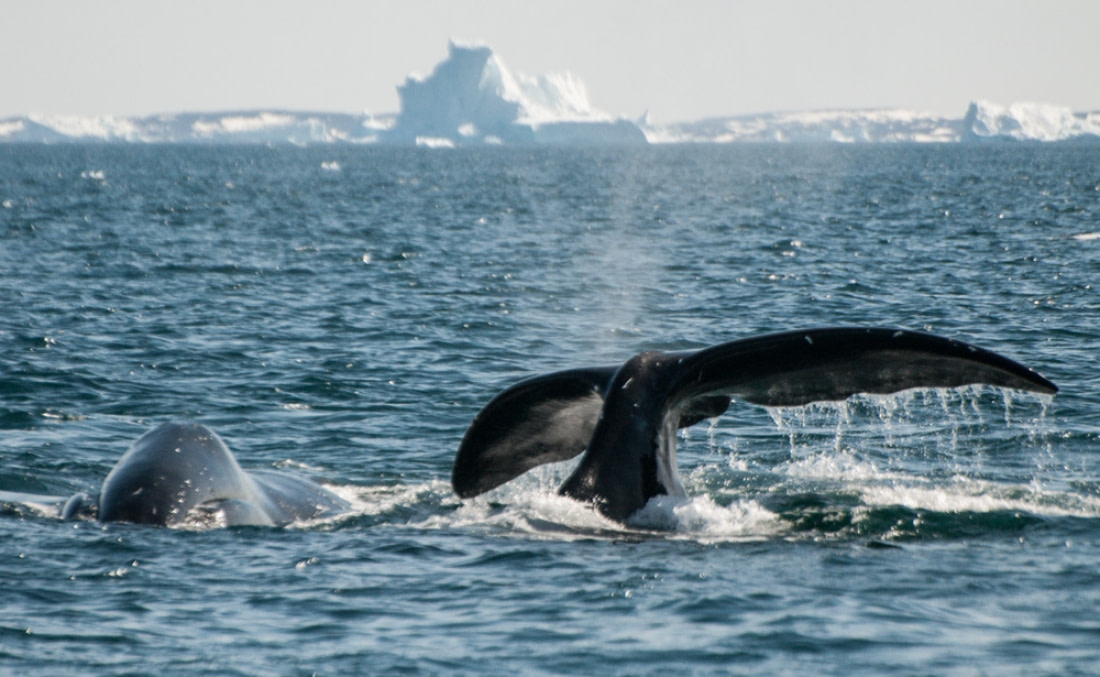
Are Bowhead Whales social?
Bowheads can be solitary or form small pods of up to 6 members, sometimes as large as 14. They are vocal, using various songs for communication. In June 2015, an exceptional sighting of 80-100 Bowhead Whales was recorded on the North Atlantic Odyssey.
How fast can Bowhead Whales swim?
While feeding, they cruise at 2-3 km per hour but can reach speeds of nearly 20 km per hour in short bursts.
What are Bowhead Whale mating rituals like?
Bowheads mature sexually at 10-15 years. Females give birth every 3-4 years, with a 13-month pregnancy. Calves are born tail-first, weighing about 1,000 kg and measuring 4.5 meters. They double their length in the first year and are weaned after a year.
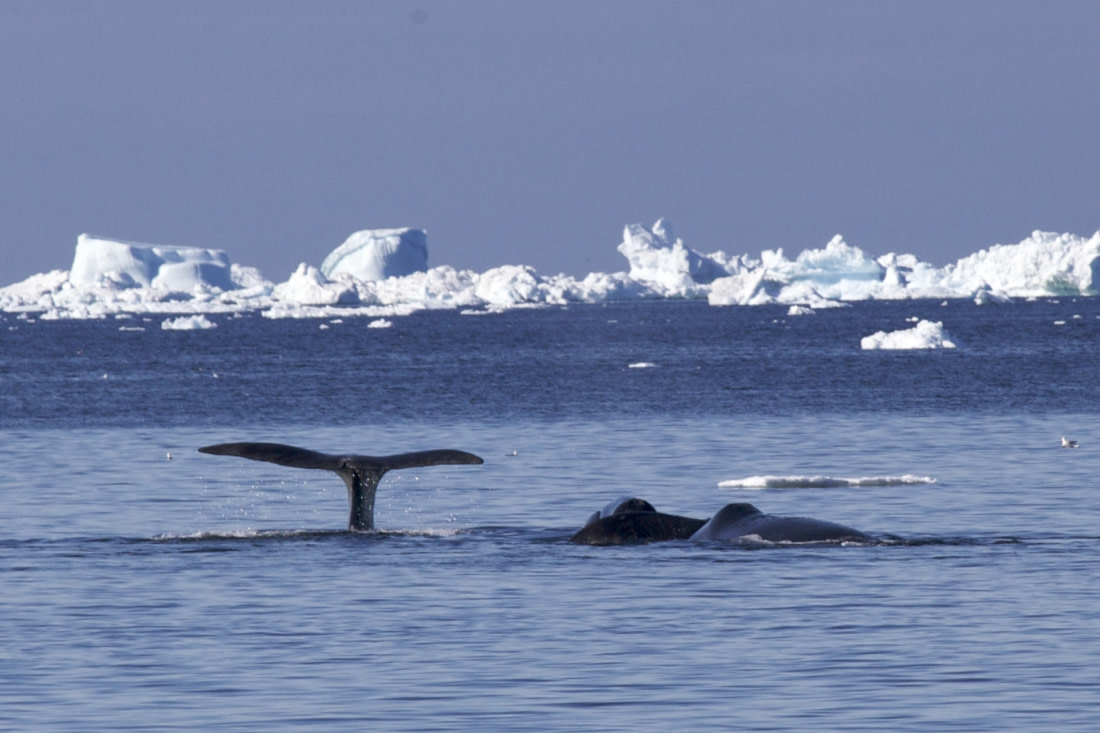
How long do Bowhead Whales live?
Bowheads were originally thought to live around 65 years, but findings of old harpoon heads suggest they can live up to 200 years.
How many Bowhead Whales are there today?
Estimates place their population between 10,000 to 25,000.
Do Bowhead Whales have any predators?
Killer Whales are their only natural predators, but it takes a pod of Killer Whales to pose a significant threat.
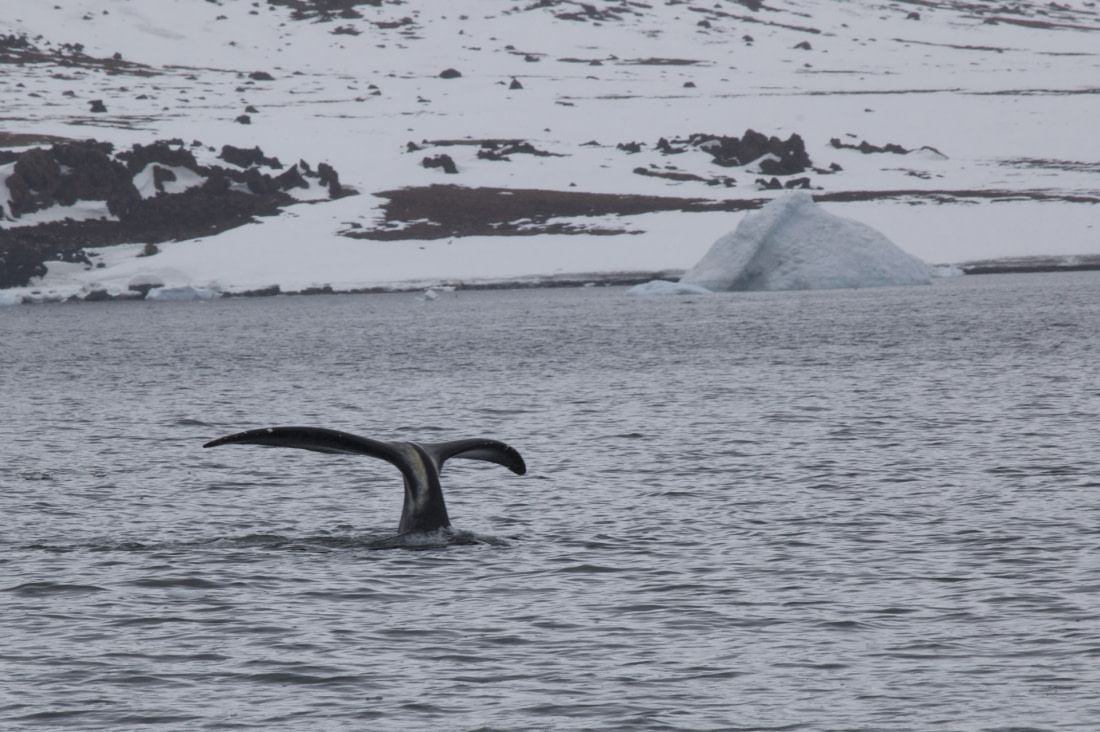
7 Bountiful Bowhead Facts
- Bowheads have two blowholes beside each other, located in the “steeple” or small hump on their backs.
- They have the longest baleens of any whale, up to 4.5 meters long.
- Their head makes up about one-third of their body length.
- They have the thickest blubber of any animal, up to 50 cm thick.
- Their skulls are strong enough to break through ice up to 60 cm thick to breathe.
- Beluga whales often follow Bowheads, possibly using their breathing holes in the ice.
- Bowheads have the largest mouth of any animal.
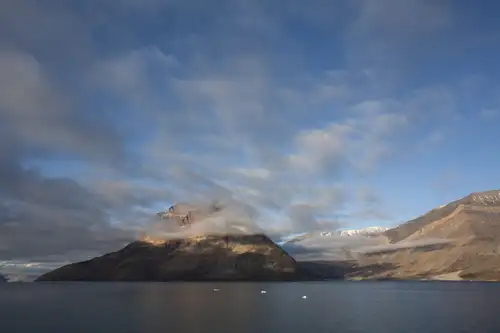


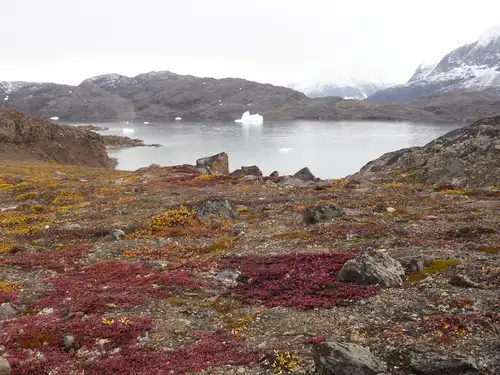
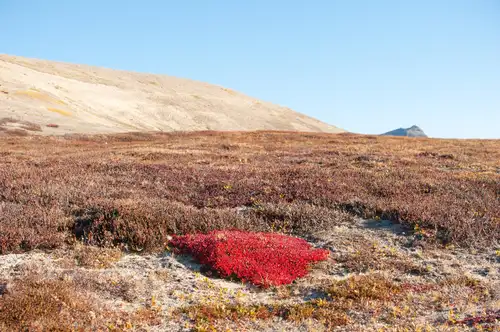

Related Trips


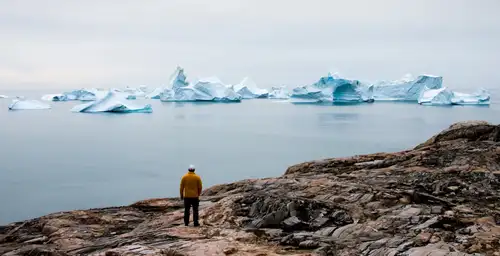
Tracking Greenland’s Wildlife from Space

Northeast Greenland National Park
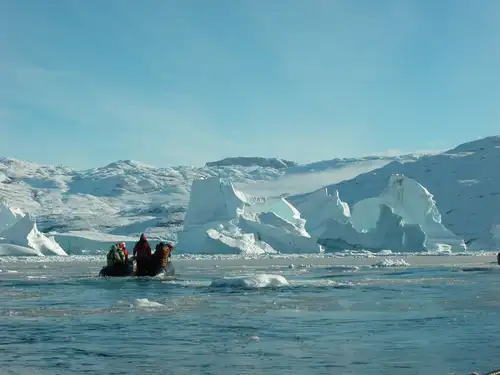
Discover the Scoresby Sund Fjord System in East Greenland

The bowhead whale, whaling about the Arctic
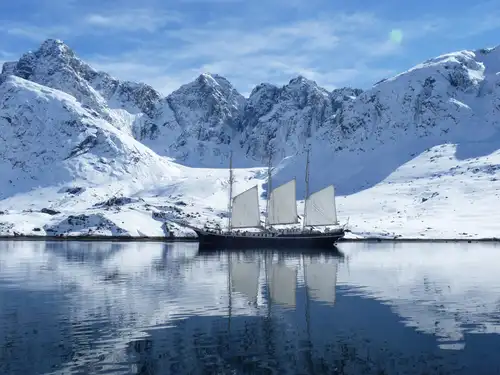
Why You Should Visit Greenland: 11 Things to See, Do, and Explore
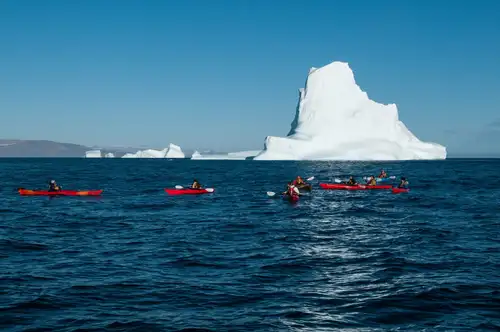
Kayaking In Greenland
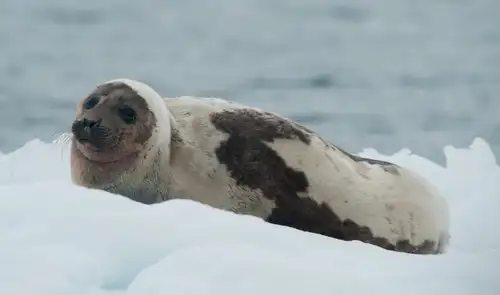
Harp seals harping on in Greenland
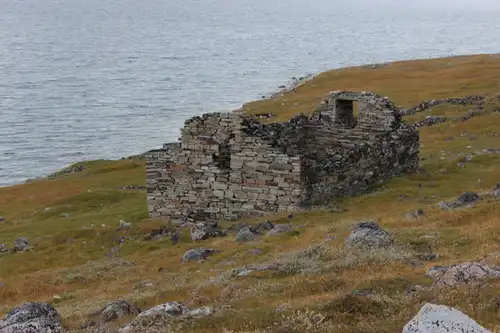
Greenland's History: When Vikings Ruled the Ice Age
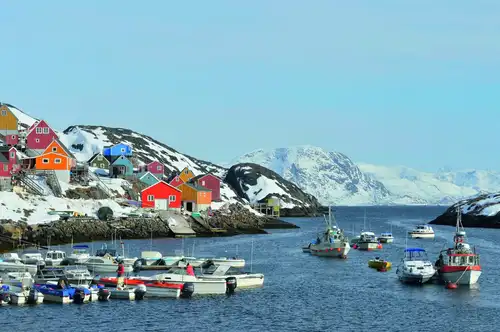
Amazing Greenland
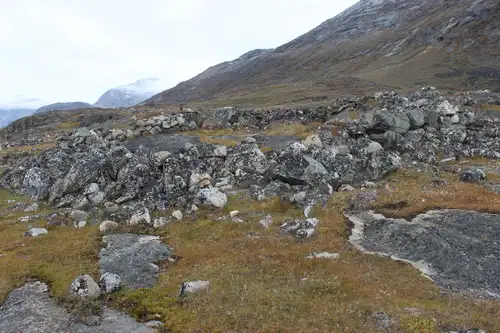
The Norse Settlement of Greenland
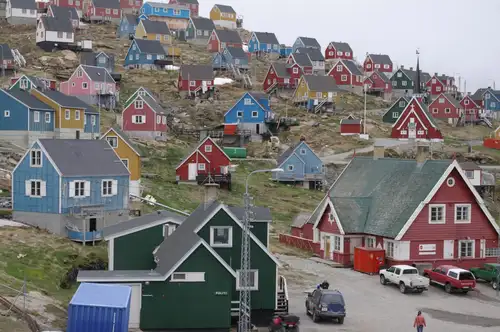
10 Traits of Post-Ice-Age Greenland
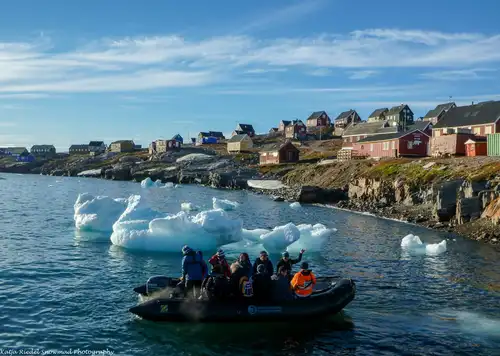
Scoresby Sund: the Greatest Greenland Adventure
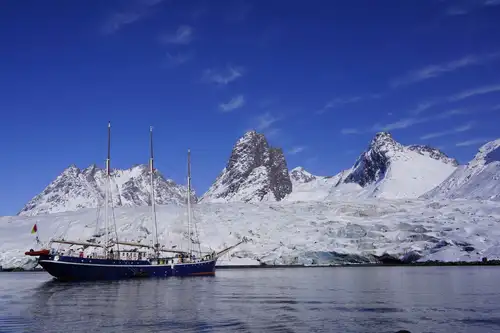
5 Misconceptions You Might Have About Greenland
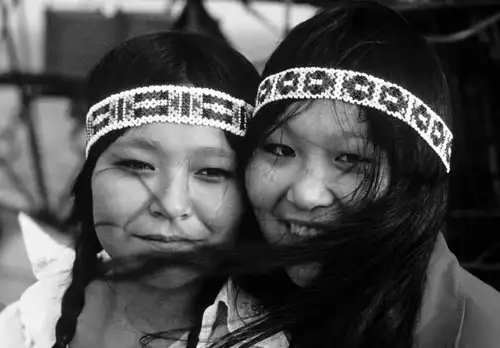
Traditional Lifestyles of the Inuit
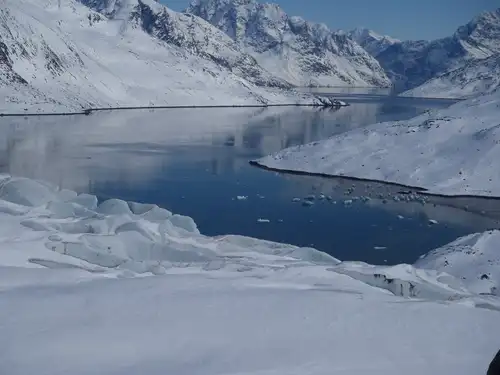
How and When Did Greenland Become Covered in Ice?

Not Eskimos: 10 Enlightening Facts About the Inuit
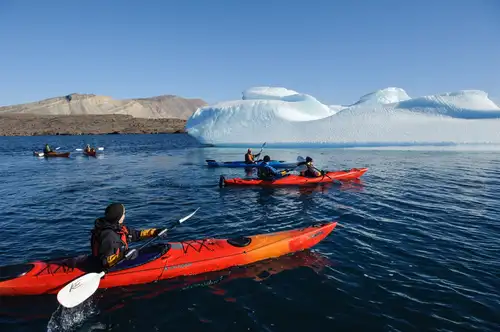
Greenland: Where the Kayak Was Invented
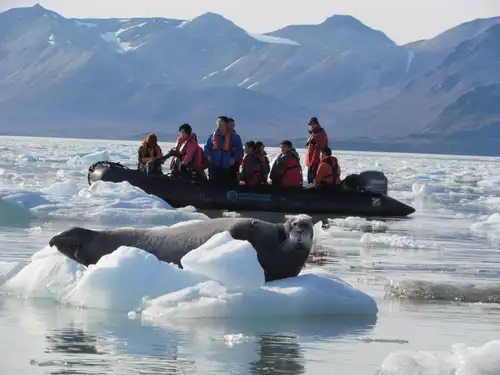
Six Seal Species You Might See On Your Greenland Cruise
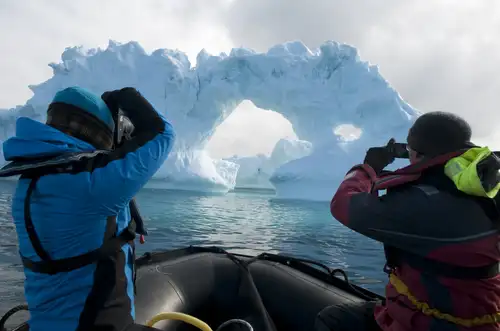
Under the Greenland Ice Sheet
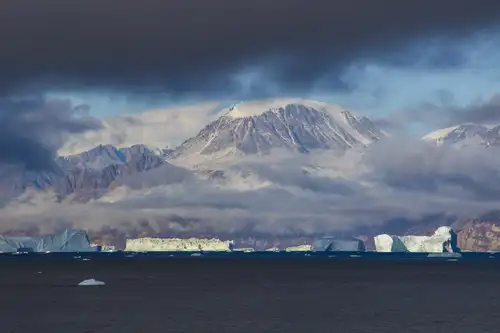



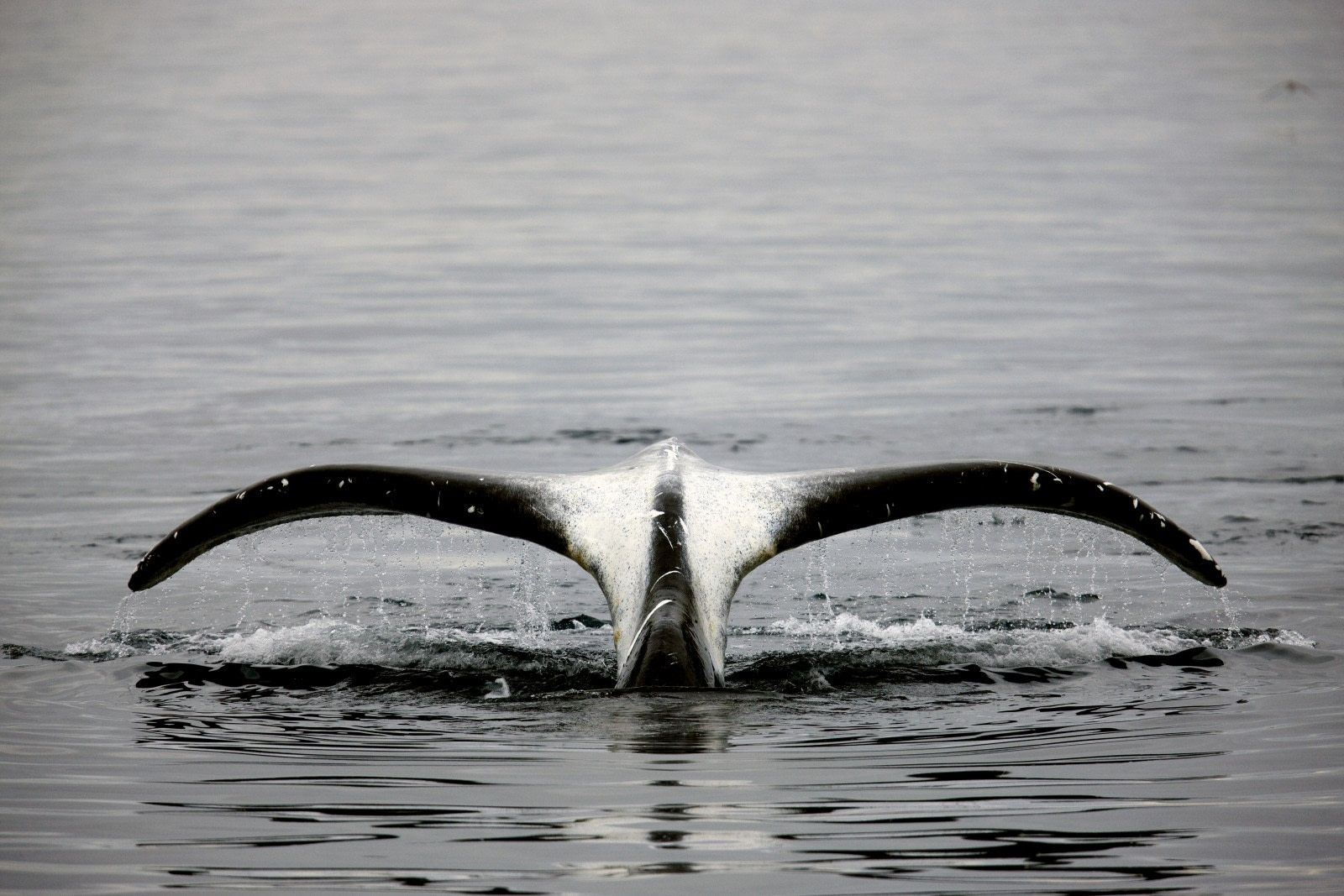

 21 Days / 20 Nights
21 Days / 20 Nights
